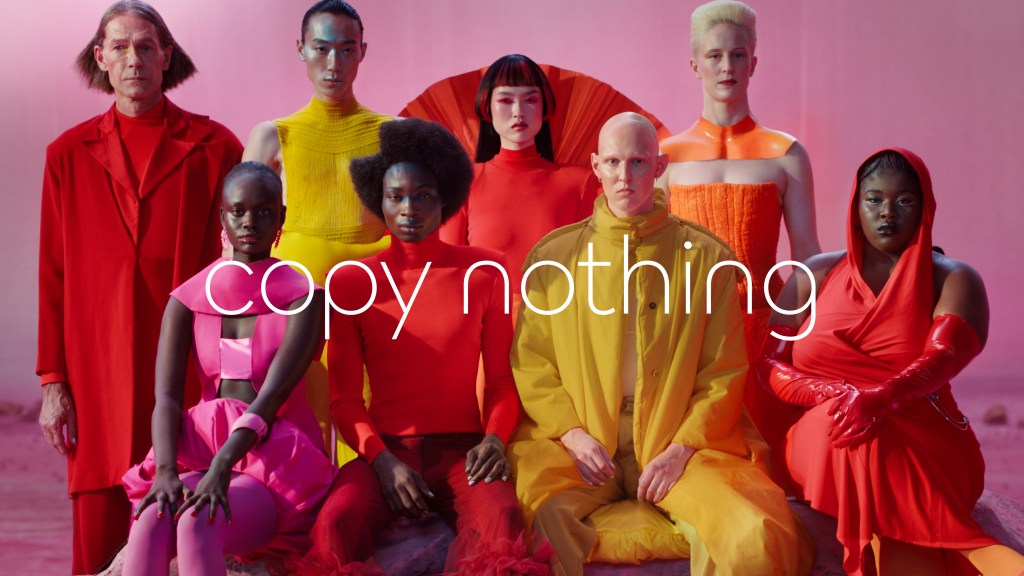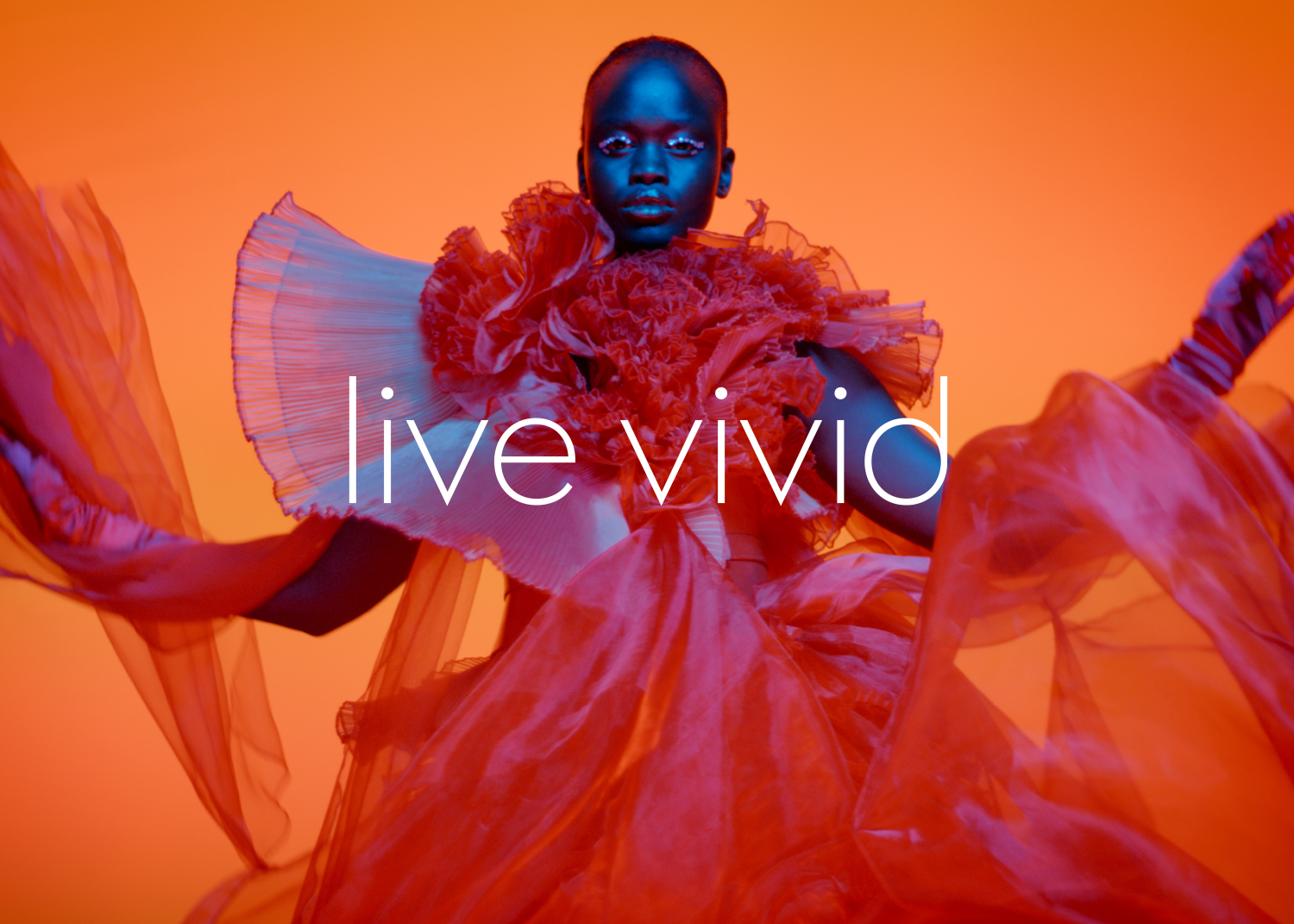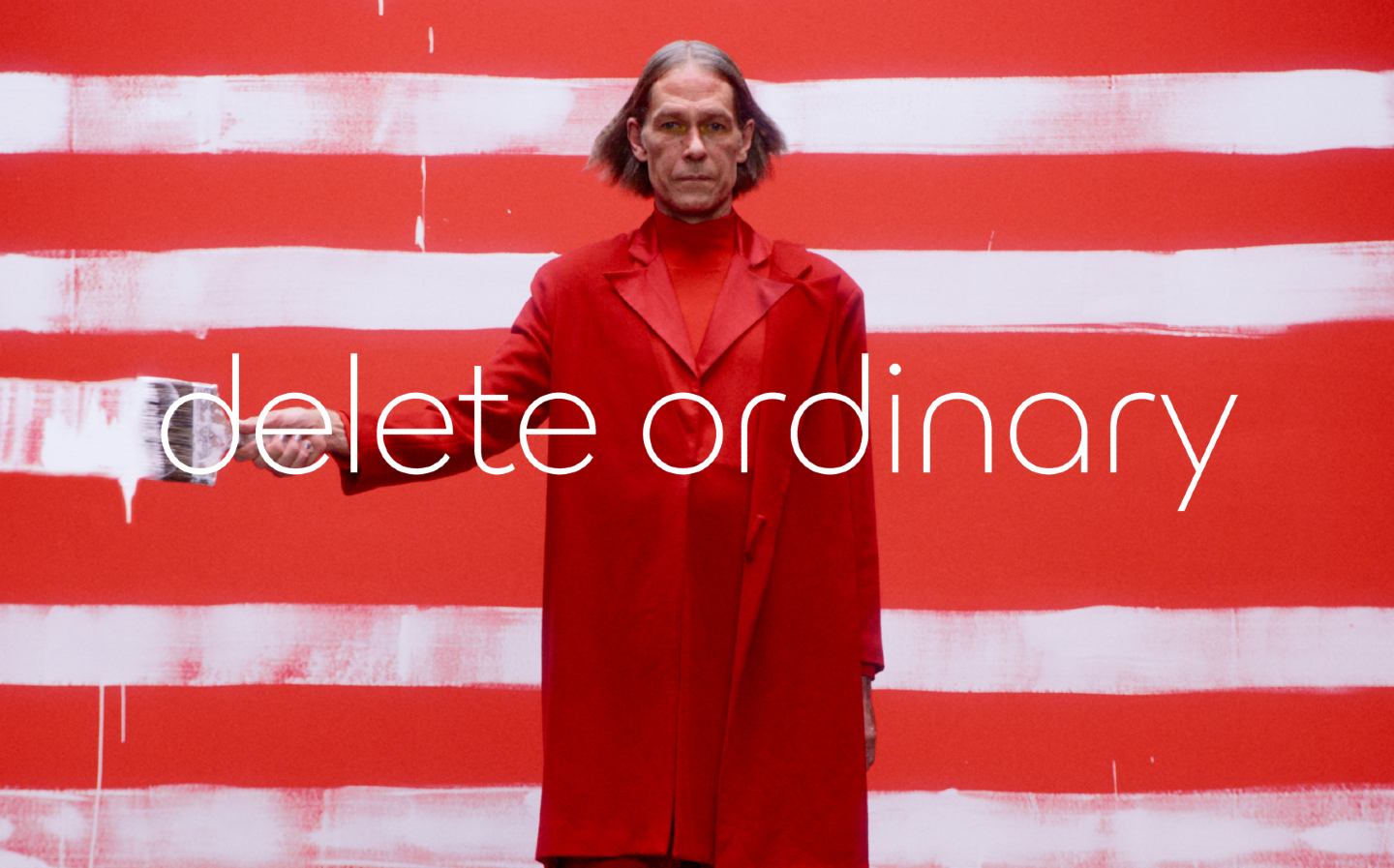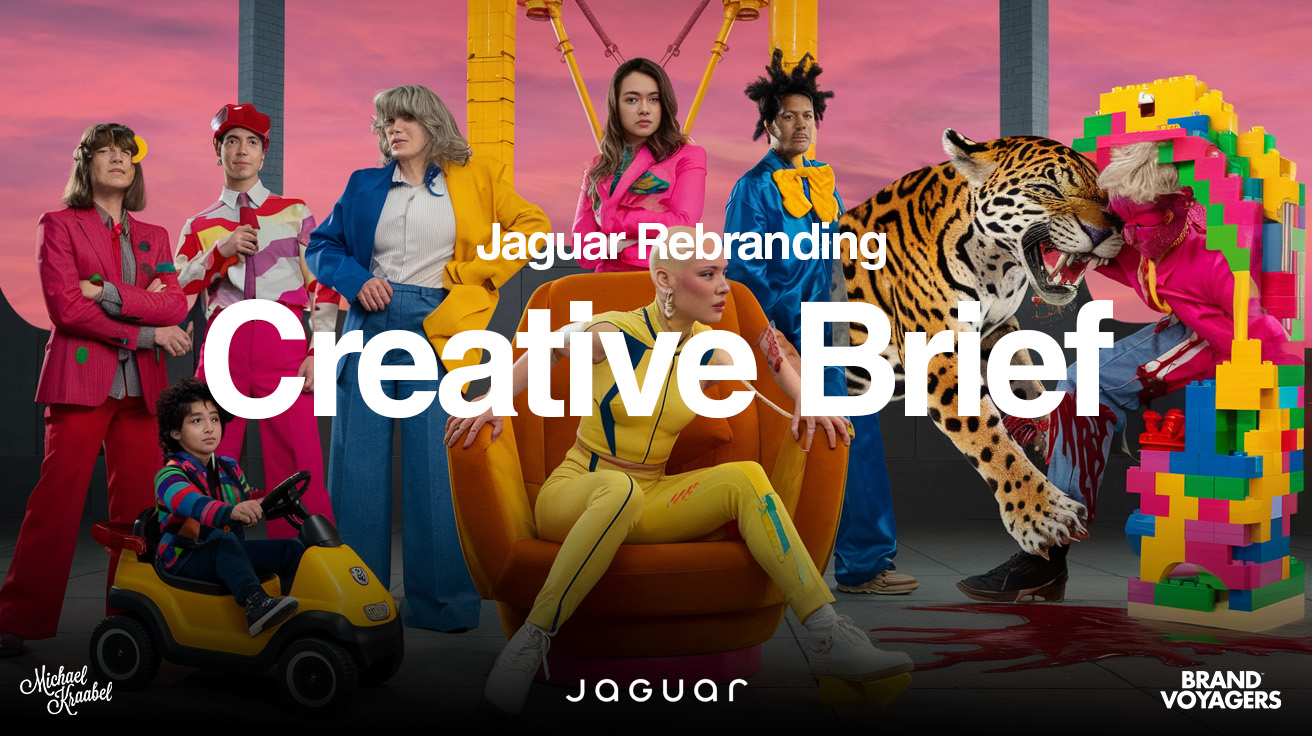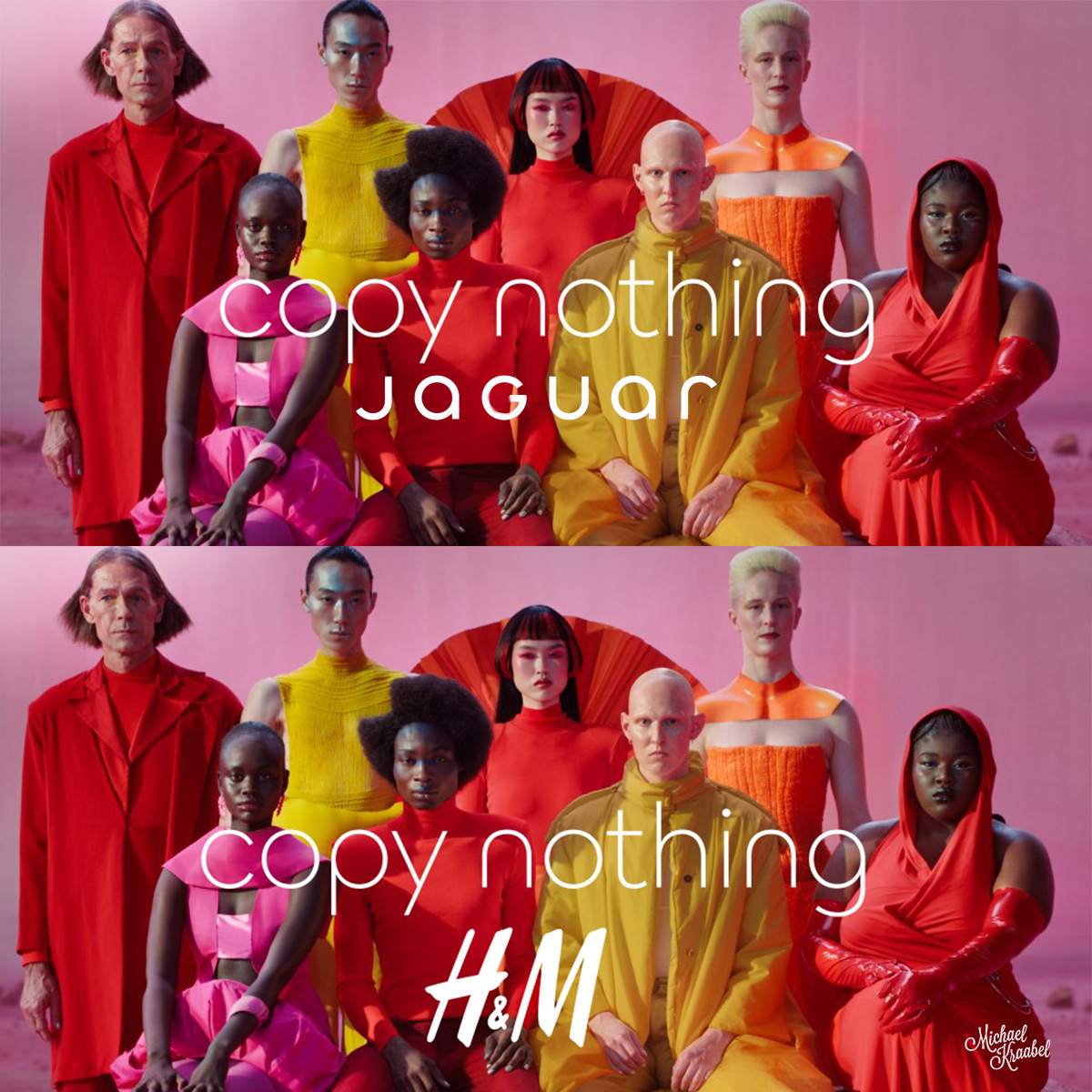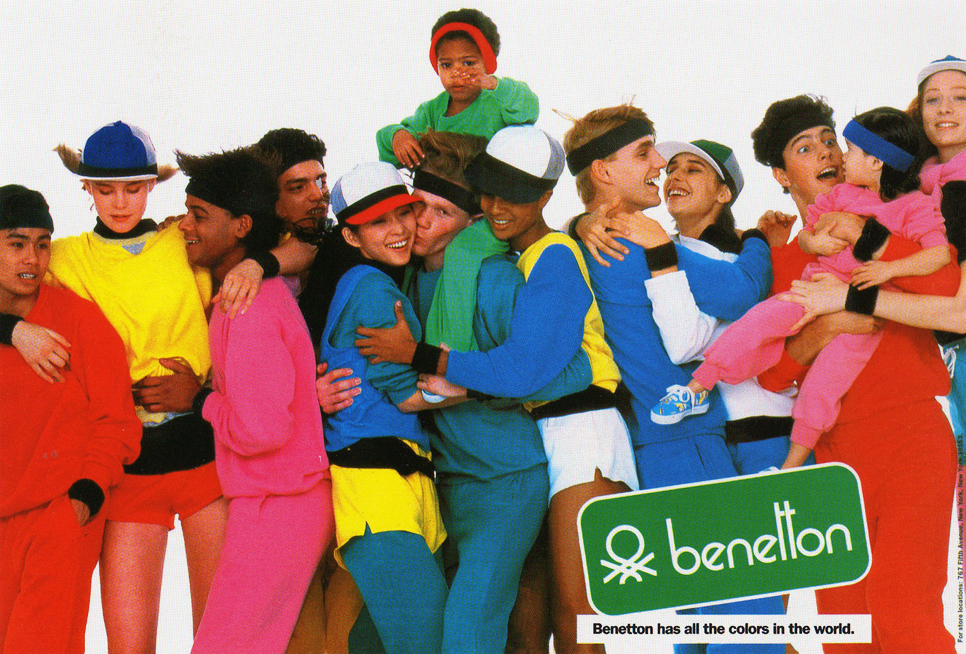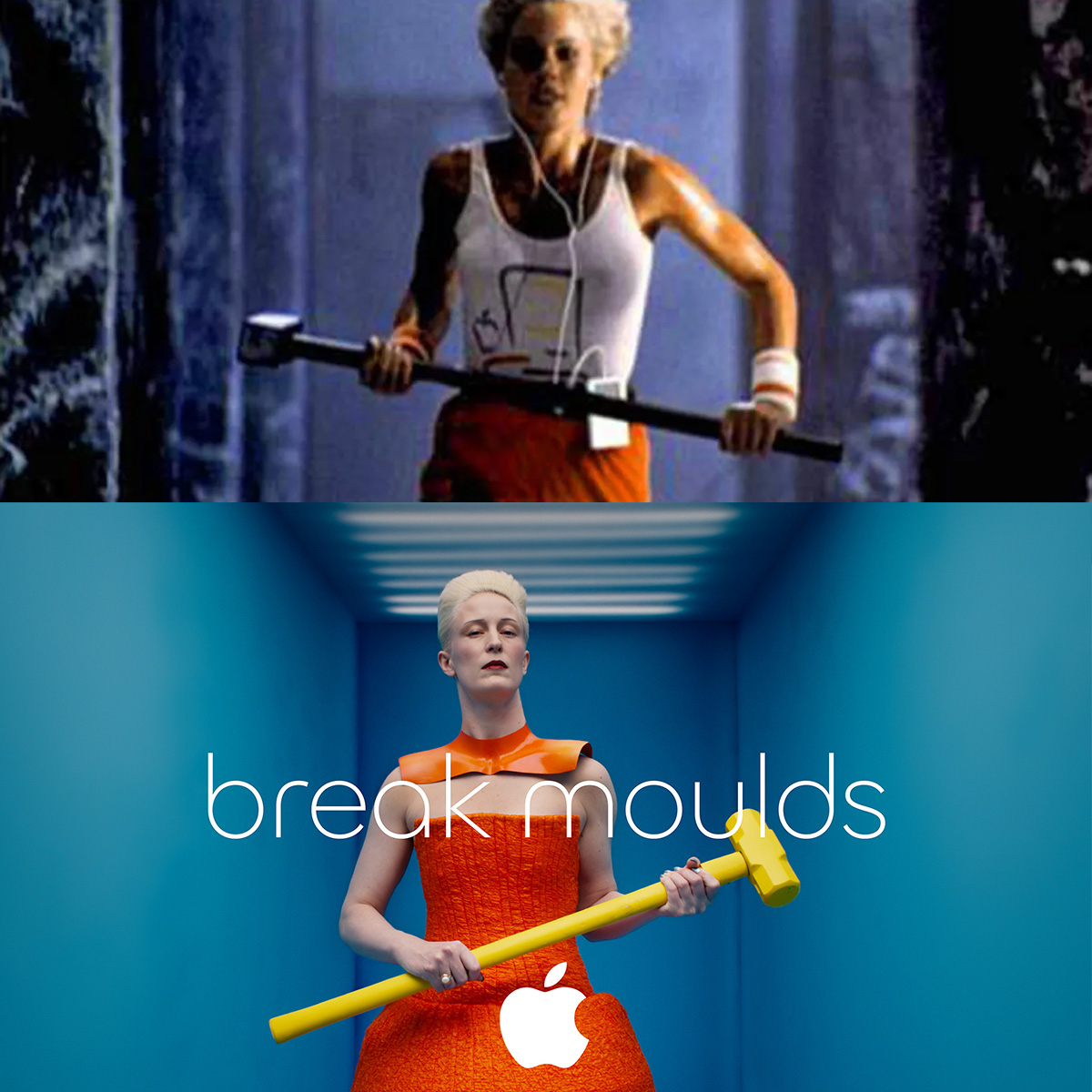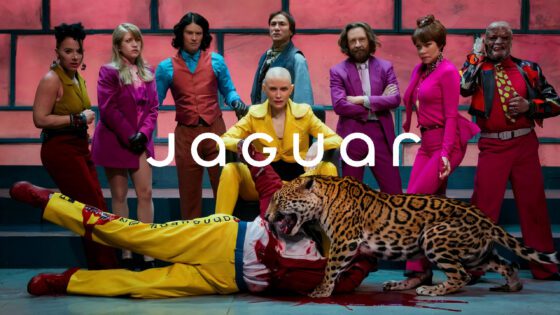As a creative director—and a long-time Jaguar owner—I can’t help but ask: What was the brief that led to this campaign? Seriously, I’m baffled. Automobile marketing is supposed to do one thing above all else: put the audience in the driver’s seat. It’s meant to let them feel the leather, hear the engine purr, imagine themselves pulling up somewhere—living the aspirational life they crave. This campaign does none of that.
Instead of evoking the luxury, refinement, and raw power that defines Jaguar, we’re given a series of abstract visuals of avant-garde models in vibrant makeup and bold clothing, coupled with slogans like “Delete Ordinary” and “Live Vivid.” It feels like a bizarre attempt to mimic Dior or Louis Vuitton, but here’s the thing—those brands don’t make cars. Jaguar does. And yet, there isn’t a single car in sight.
UPDATE: I didn’t want to just critique the recent Jaguar rebrand—I wanted to explore the challenge myself. What if the campaign truly honored Jaguar’s legacy while embracing its future? Instead of focusing on what missed the mark, I decided to create the rebrand I wish they had launched. Here’s what I came up with. View my exploration here.
I have to wonder: Who is this campaign even for? Because it’s not for me—and I’m Jaguar’s core demographic. I’ve owned Jaguars, I’m considering another one, and I’m someone who values the heritage, the engineering, the unmistakable British elegance of the brand. But this campaign makes me feel like Jaguar isn’t interested in selling cars anymore. It’s trying to sell…what? A vague concept? A lifestyle that seems more Gen Z influencer than sophisticated driver? It’s confusing and alienating, especially for loyalists who have kept Jaguar on their shortlists for decades.
Copy nothing. #Jaguar pic.twitter.com/BfVhc3l09B
— Jaguar (@Jaguar) November 19, 2024
Automobile marketing is aspirational. It’s supposed to let me dream of driving through the countryside in a sleek F-Type or arriving at a gala in an XJ with the confidence that only a Jaguar can give. Instead, I’m left wondering if the agency responsible simply forgot that Jaguar is a car company. The tagline, “A seismic change is coming,” is right—but I suspect it’s more about the impending agency review than a revolution in luxury electric vehicles.
I appreciate the intent to reposition Jaguar as an ultra-luxury brand, but there’s a way to modernize without erasing what makes a brand iconic. This campaign seems to have “deleted” more than the ordinary—it’s deleted Jaguar’s soul. Jaguar’s legacy is about performance, craftsmanship, and a lifestyle of quiet confidence. This campaign doesn’t deliver any of that.
As someone who loves Jaguar, this campaign doesn’t just disappoint me—it concerns me. If this is how they’re selling the brand now, are they even interested in selling cars anymore? I hope the next round of creative gets back to what Jaguar does best: making drivers fall in love with driving. Because if not, I might be shopping elsewhere for my next ride.
For those curious, here’s the campaign: Jaguar – Copy Nothing. Let me know—am I being too harsh, or does this feel like a major misstep for a brand we all used to love?
Let me continue my angry old Creative Director rant. I’m sorry, I’m just grumpy at this point ….
A Brand Should Be as Unique as the Company It Represents
This campaign feels more like an exercise in abstract branding than a celebration of cars, and unfortunately, it’s a brand identity that could belong to anyone—except Jaguar. The vibrant visuals, cryptic slogans, and avant-garde styling lack any meaningful connection to the elegance, performance, and legacy that define Jaguar. By focusing on vague lifestyle cues rather than the vehicles that made the brand iconic, this effort risks making Jaguar unrecognizable to the loyalists who have always seen it as more than just a name—it’s a symbol of automotive excellence.
The Reverse Creative Brief
After days of puzzling over Jaguar’s latest rebrand, I decided to reverse-engineer the creative brief to uncover how we possibly arrived at this point. What kind of goals, insights, or sheer madness could lead to a campaign that feels so disconnected from the brand’s legacy? By piecing together the slogans, visuals, and abstract concepts, I tried to trace the logic—or lack thereof—back to its origins. What I found was a jumble of conflicting intentions: an attempt to erase the past, chase fleeting trends, and appeal to an audience that doesn’t even seem interested in owning a car. It’s like staring into a riddle with no answer, except the punchline is Jaguar’s reputation.
And just a final note for those keeping score on the “Copy Nothing” idea .. I feel like I’ve seen this before, but for a company that made sense:
And let’s not forget this …
Copy Nothing … Well, almost Nothing
The irony is almost painful: a campaign built around the tagline “Copy Nothing” blatantly recreates one of the most iconic ads of all time—Apple’s 1984. If this was intentional, it’s a hollow and uninspired attempt to borrow brilliance instead of creating it. If they didn’t realize they were copying, it’s an even bigger failure—a tone-deaf misstep that screams creative laziness. Either way, it undermines the entire premise of the campaign and turns the brand into a punchline rather than a visionary. Jaguar isn’t supposed to follow in anyone’s footsteps, least of all stumble so obviously into someone else’s shadow.
A Legacy at Odds with a New Vision
Jaguar’s DNA has always been about the journey—the sense of freedom that comes with luxury and performance. The shift to electric, while commendable in addressing environmental concerns, seems antithetical to this heritage. Electric vehicles (EVs) currently face significant limitations, particularly when it comes to range and the global charging infrastructure. For a brand like Jaguar, traditionally celebrated for grand touring and long-distance driving, becoming synonymous with short-range “city cars” could dilute its aspirational image. Instead of evoking open-road adventures, Jaguar risks becoming a brand associated with “15-minute cities” and constrained urban mobility.
Jaguar’s Electric Gamble: Has the Brand Lost Its Soul?
As someone who has lived and breathed British automotive heritage—owning Land Rovers, running a restoration company dedicated to Vintage Defenders, and admiring Jaguar from the driver’s seat—I can’t help but feel deeply conflicted about Jaguar’s new direction. This brand isn’t just a name; it’s a legacy of craftsmanship, adventure, and innovation. It’s in my blood. But as Jaguar pivots to an all-electric future, I find myself wondering: is this the beginning of a bold new chapter, or the end of everything that made Jaguar extraordinary?
From Open Roads to Charging Stations
Jaguar, to me, has always symbolized the wonder of the open road. Their cars didn’t just transport you—they transformed you, offering the perfect marriage of power, refinement, and elegance. Whether you were navigating winding countryside roads or arriving at a black-tie gala, a Jaguar made you feel like you’d arrived in more ways than one.
Now, with the push to go fully electric by 2025, Jaguar risks trading this legacy for something… smaller. Electric cars may be the future, but that future isn’t here yet—not for everyone, not everywhere. The global charging infrastructure simply isn’t ready to support the kind of seamless, go-anywhere experience that Jaguar has always promised. Instead of freedom, this transition feels like a move toward restriction. No longer the champion of the open road, Jaguar could become just another “city car” brand, built for short commutes and limited range. That’s not the Jaguar I fell in love with.
What’s the Rush?
This rapid timeline for full electrification also feels rushed. Yes, environmental responsibility is vital, but Jaguar seems to be leaping into the deep end without ensuring it can swim. Tesla has spent years perfecting its infrastructure and technology, building an ecosystem that supports its vehicles. Jaguar, on the other hand, is a relative newcomer to the EV game, and it’s diving headfirst into a fiercely competitive market dominated by players with far more experience.
Would it not have made more sense to take a gradual approach? To introduce hybrids that blend electric innovation with the performance and range that Jaguar’s loyal customers expect? Instead, they’re going all in, seemingly betting the farm on a future that may take years—or even decades—to fully materialize.
A Disconnect from the Heart of the Brand
As a former bespoke vehicle company owner, I’ve spent countless hours immersed in the stories and designs of British automotive icons. What always stood out about Jaguar, and Land Rover for that matter, was their soul. These brands carried a sense of purpose—a connection to their heritage that made you feel like you weren’t just buying a car, but a piece of history.
This new campaign, though, feels disconnected. The absence of cars in the initial marketing rollout says it all. Instead of showcasing the beautiful, aspirational vehicles that define Jaguar, the campaign focuses on abstract slogans and fashion-forward visuals that could belong to any luxury lifestyle brand. Jaguar’s identity is built on its cars—their design, performance, and presence. By sidelining them, the brand risks alienating the people who love it most. People like me.
A Heritage Worth Protecting
Jaguar has always been aspirational, not trendy. It has never needed to chase its audience because its excellence spoke for itself. And while I understand the desire to modernize and compete with ultra-luxury brands like Dior or Louis Vuitton, Jaguar is not those brands. Its legacy isn’t in avant-garde slogans or strikethrough logos; it’s in the visceral connection between driver and machine.
The brand’s shift to EVs isn’t just a change in powertrains—it’s a seismic change in identity. Jaguar’s iconic engine sounds, the feeling of a V8 growl under the hood, the effortless way its cars glide down the road—all of that risks being lost in silence. Will an all-electric Jaguar be able to stir the same passion? Right now, I’m not convinced.
Holding Out Hope
Despite my reservations, I want Jaguar to succeed. This brand has been a part of my life, my career, and my soul. I want to believe that Jaguar can navigate this transition without losing what makes it special. But to do so, it needs to balance innovation with tradition. It needs to honor its heritage while embracing the future—not erase it.
As someone who’s restored British automotive icons to their former glory, I know the value of preserving a brand’s essence. Jaguar, if you’re listening, don’t lose what makes you extraordinary. Electrify, evolve, innovate—but remember where you came from and who got you here. The road ahead is long, and I hope Jaguar is still the car that makes us want to drive it.
About the Agency Behind the Campaign
The controversial new Jaguar campaign was created by Spark44, a long-standing creative partner for Jaguar Land Rover. Founded in 2011 as a unique 50:50 joint venture between Jaguar Land Rover and the agency’s management, Spark44 was built to provide dedicated, integrated services for Jaguar on a global scale. The agency has been responsible for some of Jaguar’s most recognizable content, managing brand delivery across all media channels.
In 2021, Jaguar Land Rover expanded its marketing capabilities by partnering Spark44 with Accenture, a global leader in digital transformation and strategy. The goal was to combine Spark44’s deep understanding of the Jaguar brand with Accenture’s cutting-edge digital expertise. Together, they aimed to create campaigns that align with Jaguar’s strategic shift toward ultra-luxury electric vehicles.


